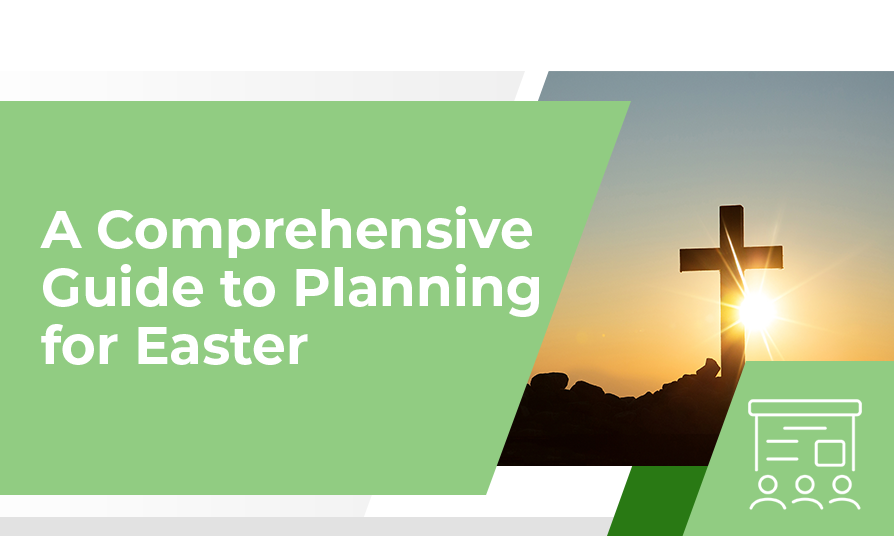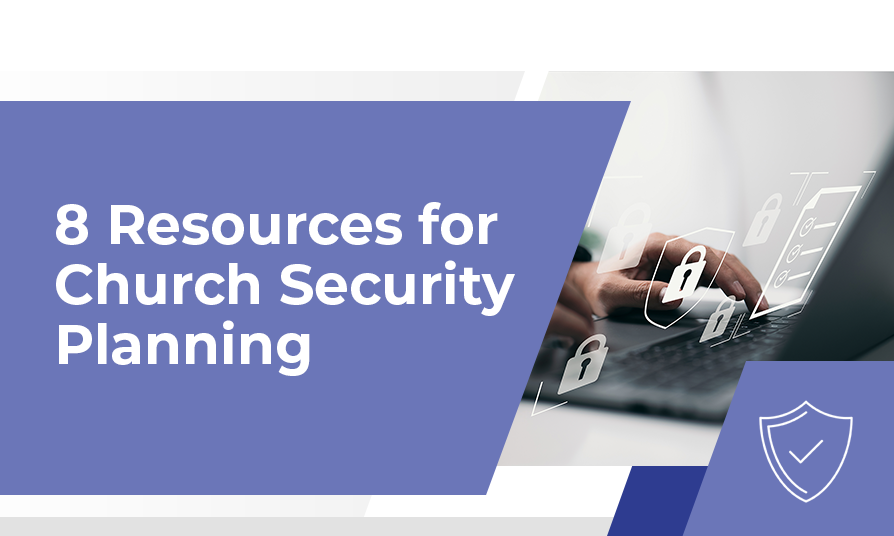A Comprehensive Guide to Planning for Easter
Planning an event takes time, teamwork, and lots of organization. Planning for Easter celebrations requires a bit of extra attention. Instead of surfing the web for various tools on how to plan for your Easter weekend, we thought it would be helpful to have one checklist to lead you through the entire planning process. We’ve …






